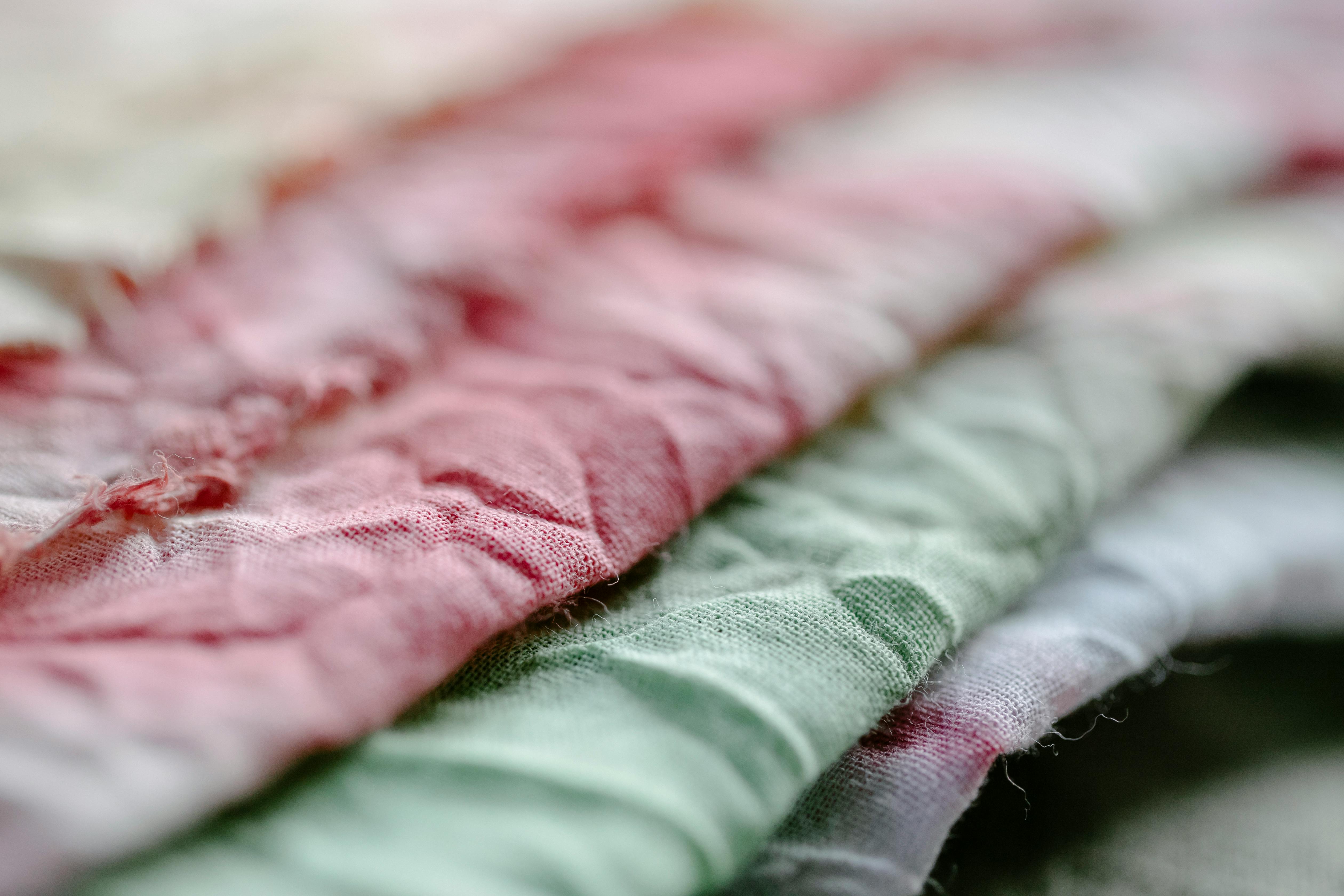
Fine art photography (FAP) refers to photographs that are made in the creative vision of the photographer as an artist. Fine art photography is generally contrasted with photojournalism, which is a visual account of news events or a record of things, places, and people. Commercial photography, whose primary focus is advertising products or services, is also generally kept apart from fine art. That said, in my experience, commercial and journalistic stuff often becomes fine art.
If one reviews the history of photography, it quickly becomes apparent that well-made image narratives, produced for journalistic or commercial purposes, frequently become art objects. Often, but not always, this transition takes place long after journalistic or commercial significance has passed. If one examines the enduring images of the great photographic publications of the past, the truth of this can easily be verified. You can see a lot of really cool images on the web today, produced from today’s journalistic and commercial traditions.
I was unable to find a generally accepted definition(s) of the terms “fine art photography”, “fine art photography” or “art photography”. Definitions are found in articles, essays and reference books in all media. What seems to be missing is the generally or universally accepted part (see: Wikipedia-Fine Art Photography for examples).
The balance of this essay depends more on personal than academic opinion. A significant difference between an artistic representation and fine art is the level of emotion created by the narrative of the image. An artistic interpretation, of a really cool image. creatively presented is certainly art. Fine art takes that interpretation a step or two further to an emotional place that transcends the proposal or the place. Art in general and fine art almost always have a transcendence or universality that only images cannot match. The fine arts fuse all the compositional, technical and transcendent qualities to give her and her narrative a true universality.
I have been in this photography business, albeit hesitantly at first, since I was 11 years old, that is (58 years old). During that time, I have created images for just about any purpose one can imagine. In my mind, or rather, to my liking, I have created works of art in most, if not all. The exception is probably in ranking snapshots. I have some really good ones, but no real art. By trying to create the best images possible, for whatever subject and purpose interested me, I found that my creative vision could often be fulfilled. I should also note that while my vision was often fulfilled, my technical proficiency or the limitations of the equipment at the time did not always yield stellar results.
A truly artistic image, regardless of subject matter or purpose, has the often intangible qualities of what I call fine art. I have some training and education in art history. I understand compositional principles and most technical aspects of most, if not all, art forms. Don’t get me wrong, I make no claim to full competency for anything except photography.
As I Found It and Ideal Totem (my two stock photo services) have over 4,000 images (as of this writing). A very high proportion of these stock images qualify as art. They are good and well presented, even the textures and patterns tell their story well. Some are probably even great. Maybe not as many as my ego would like, but still a good number. None is true Fine Art.
A small percentage of my work has been selected to be offered as very limited special fine art editions. These editions will be presented in physical format with the same listing quality as the images themselves.
In a world of fine art, images are often classified in the same way as paintings. For example: Impressionism, Abstract, Realism, etc. The Fine Arts imply the imposition of the creative mind on reality except in the school of Realism. Impressionism is more concerned with the spirit of a subject than with accurate interpretation. Abstraction of realities on a different vision of the outside world that often reduces the subject to geometric shapes, lines and color zones.
The photographer can and does this too. Your toolbox is different. Gone are the brushes and the spatula. Substitute one technology for another.
Digital art and modern photography have the potential to become overproduced and ubiquitous. No matter how good a work is, if reality and uniqueness are not preserved, it becomes cheap and cheap. The power or feeling created by the image as not lost is the community that causes it to be devalued.
In order for digital art in any form to maintain a unique, later, and valued position, it must be produced or created in very restricted and limited quantities. We are not talking about hundreds, we are talking about ten or less. If all the physical characteristics of the work achieve exceptional quality, the same kind of quality as an oil or watercolor painting; may not yet have true economic value, unless numbers are severely restricted. Only then can the status of Photographic Fine Art be maintained.